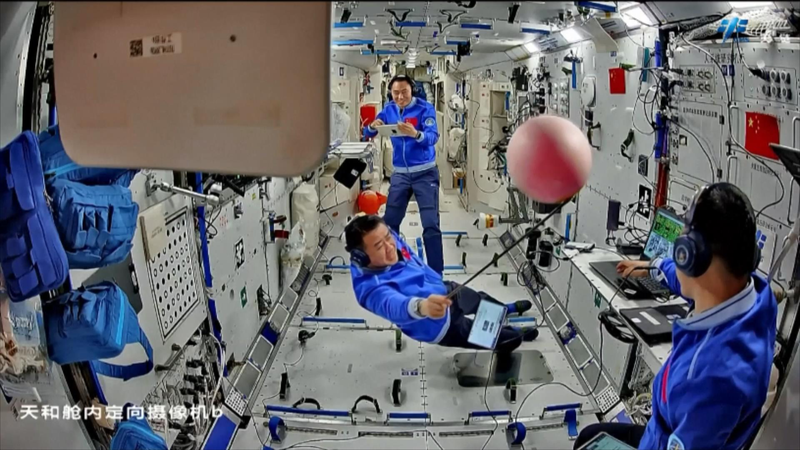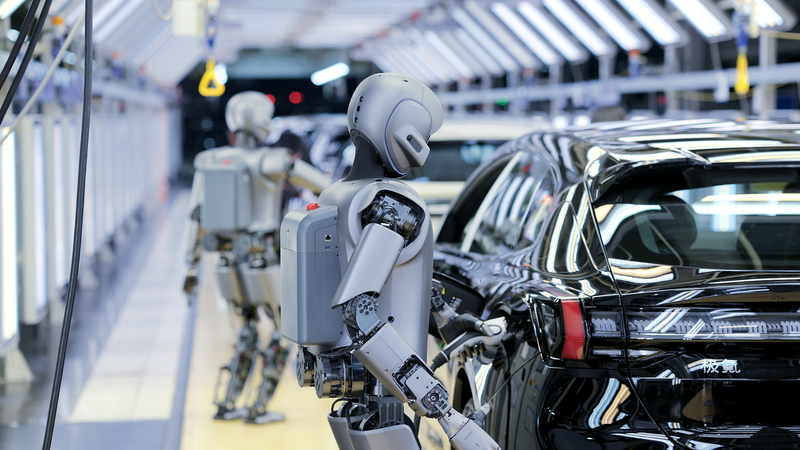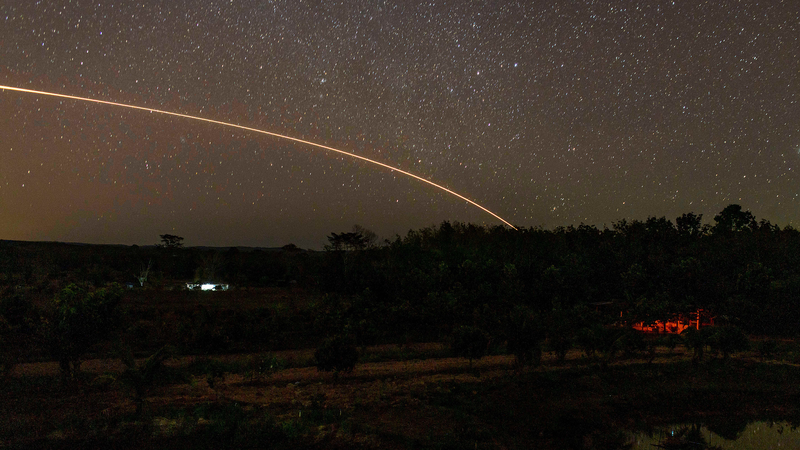Last week, aboard China’s space station, the Shenzhou-20 crew completed more than 10 scientific experiments and tests—each designed to push the boundaries of microgravity research and human survival in space. Since docking on April 25, the three astronauts have tackled a packed schedule of tasks to help shape future long-duration missions.
Decoding Human Health in Microgravity
The team collected and processed blood samples to track changes in the skeletal and nervous systems during extended weightlessness. Armed with fine motor measurement devices, they also ran memory slide tests—data that will shed light on how fine motor control and adaptive learning evolve in orbit.
Mapping Movement and Ergonomics
In a study of kinematic characteristics, researchers observed how astronauts move and operate within the station. These motion maps will inform ergonomic designs and streamline on-orbit task planning, making life and work in microgravity safer and more efficient.
Tiny Ecosystems, Big Insights
A small aquatic ecosystem experiment unit yielded samples that explore how protein homeostasis regulates bone loss and cardiovascular function under weightless conditions. These findings could guide countermeasures for astronauts on long missions and even inform medical research on Earth.
Lab Maintenance: Combustion to Fluid Physics
Beyond biological studies, the crew replaced the sampling cover of the combustion experiment cabinet and serviced the containerless experiment chamber—cleaning its interior, swapping samples, and ensuring smooth axis operation. They also refreshed liquid bags in the fluids physics cabinet to study droplet thermocapillary migration in microgravity.
Lastly, the astronauts inspected the space radiation biology exposure device, wrapping up a week of high-impact science that bridges human health, engineering, and fundamental physics.
Why It Matters
This burst of activity on the Chinese space station not only advances our understanding of life in space but also lays the groundwork for future missions to the Moon, Mars, and beyond. As these experiments return to Earth, they promise to spark new innovations—from improved spacecraft design to breakthroughs in medical treatments—impacting explorers and communities around the globe.
Reference(s):
Shenzhou-20 crew completes over 10 experiments, tests in past week
cgtn.com




